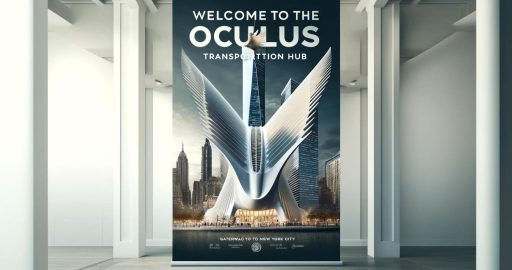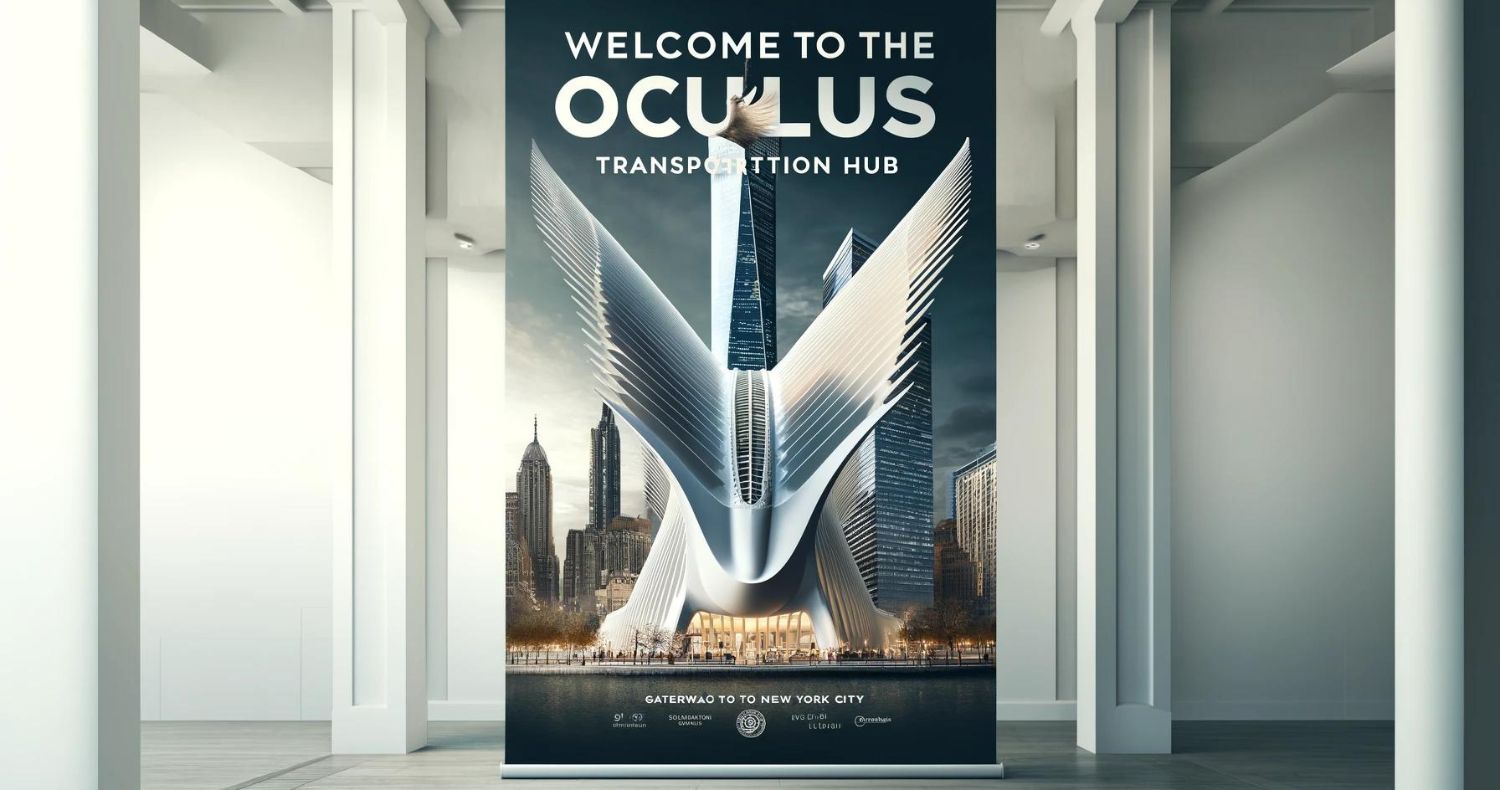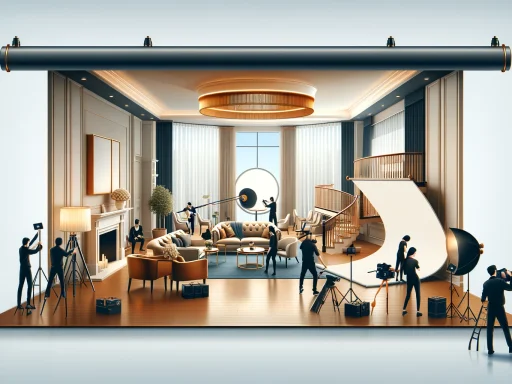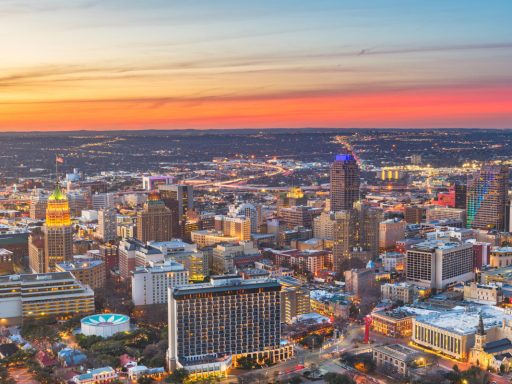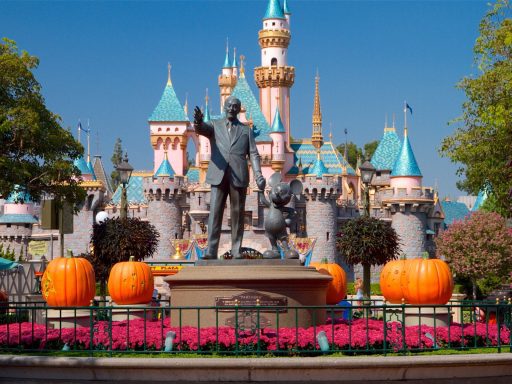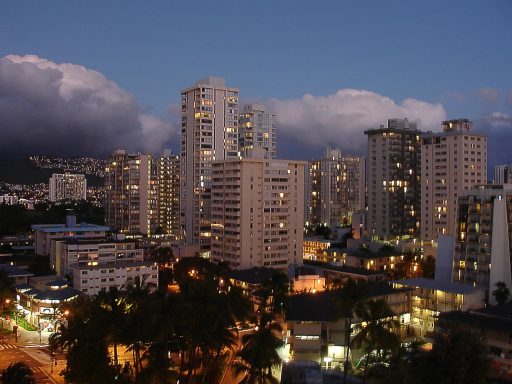The Oculus Transportation Hub represents the icon of hope and rebirth for Lower Manhattan. The centerpiece of the World Trade Center site, it is designed to link 12 subway lines and the PATH station through the masses of varying retail spaces with 250,000 daily commuters. The symbol of structure, iconic tower with over a million visitors weekly, designed by Santiago Calatrava. The white ribs, clad with metal, rise in and out with a structure like a dove being released, reverberating in memory on September 11th.
Click Here: List of Top Architectural Photographers by city
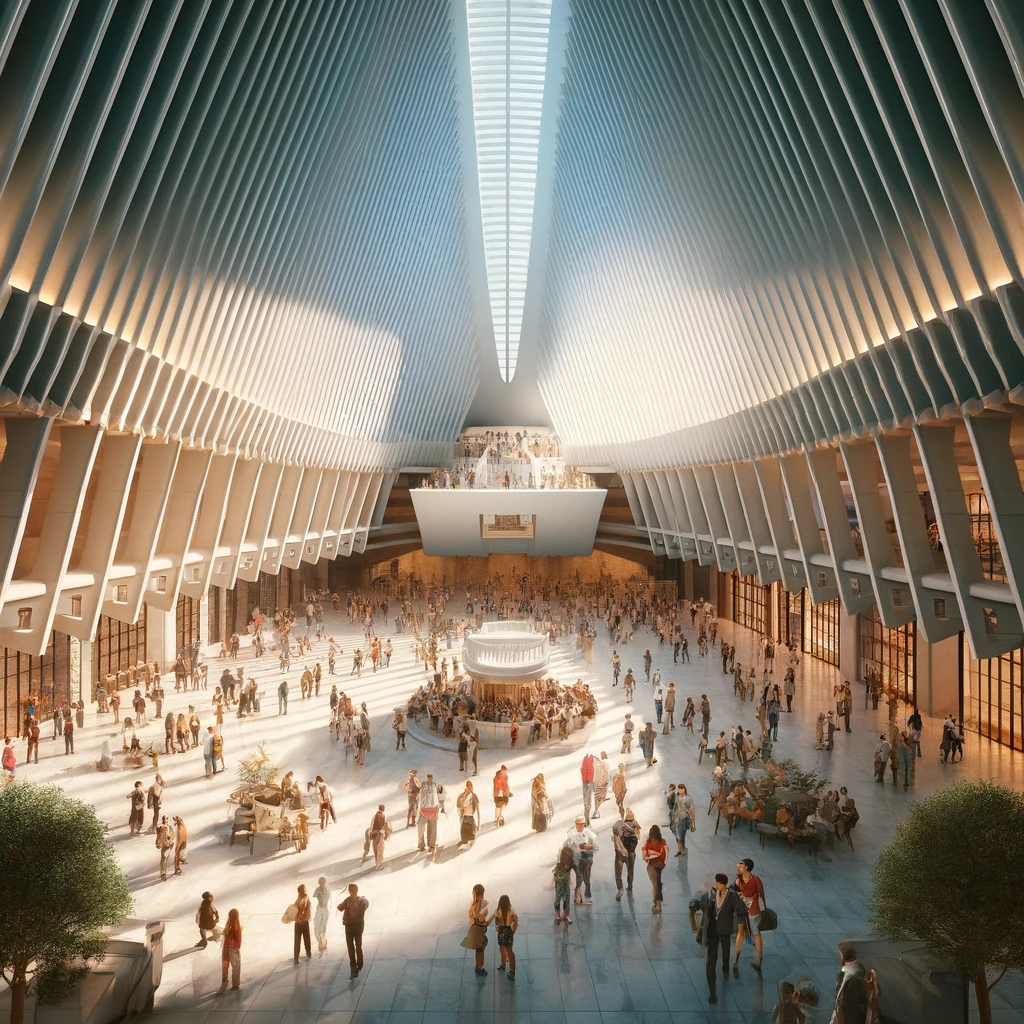
Oculus street level access is limited overnight from 1:00 am to 5:00 am.
Architecture and Symbolism
Santiago Calatrava’s Oculus, combining an architectural design with Daniel Libeskind’s master plan for the World Trade Center, embodies innovation and becomes a tribute to the events of September 11. Strategic direction is captured in tandem with that of the sun on every anniversary date of the attack, marking first strike moments at the first tower to the fall of the second tower. Solemn light floods the Oculus directly through its central skylight, symbolizing the defiant resiliency and renewal of the city.
Sustainability and Innovation
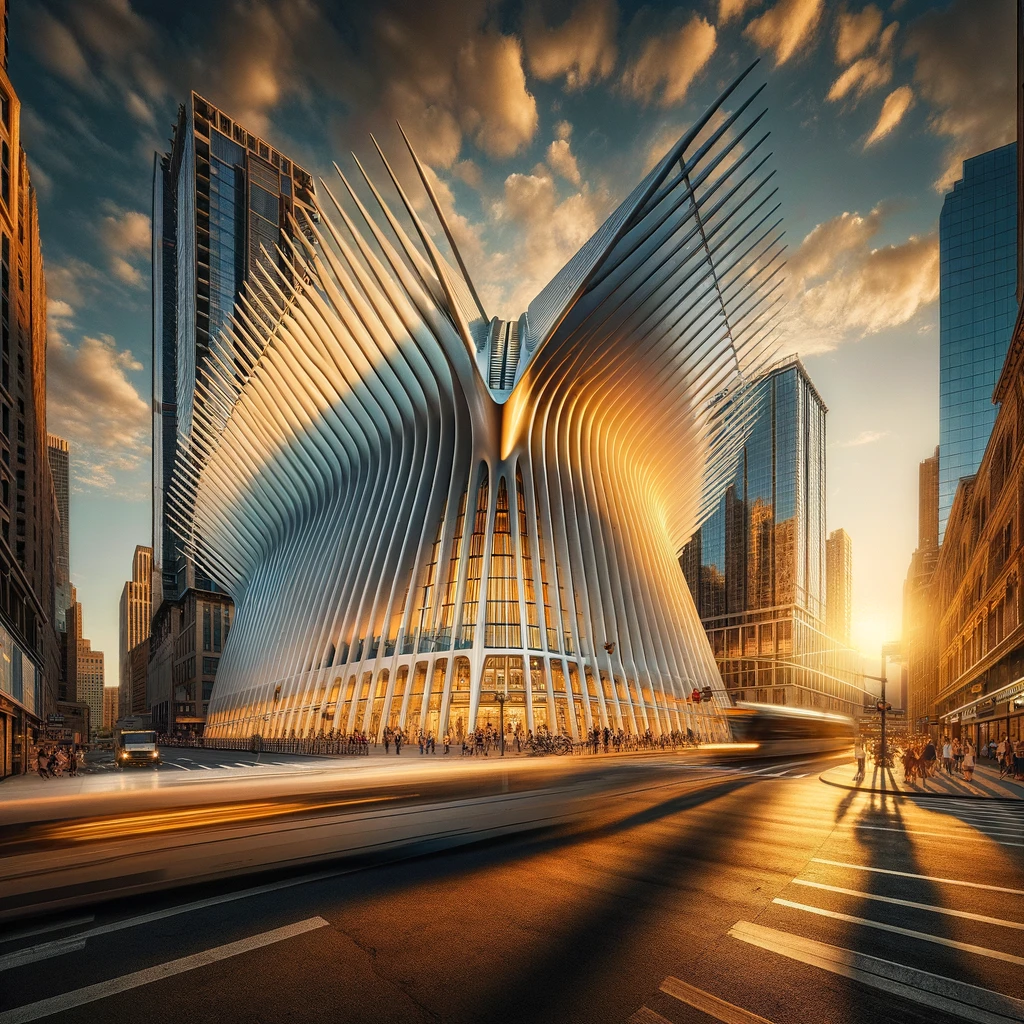
Beyond architectural beauty and its symbolic importance, the Oculus has set sustainability records. Around 13,000 light fixtures within the Oculus have been replaced with light-emitting ones that use less energy and will last longer. This would be part of the whole commitment to something much more than green, something that the Oculus can do is change the colour of its rib lighting, hence reflecting the structure’s adaptability and innovativeness.
A Cultural and Commuting Hub
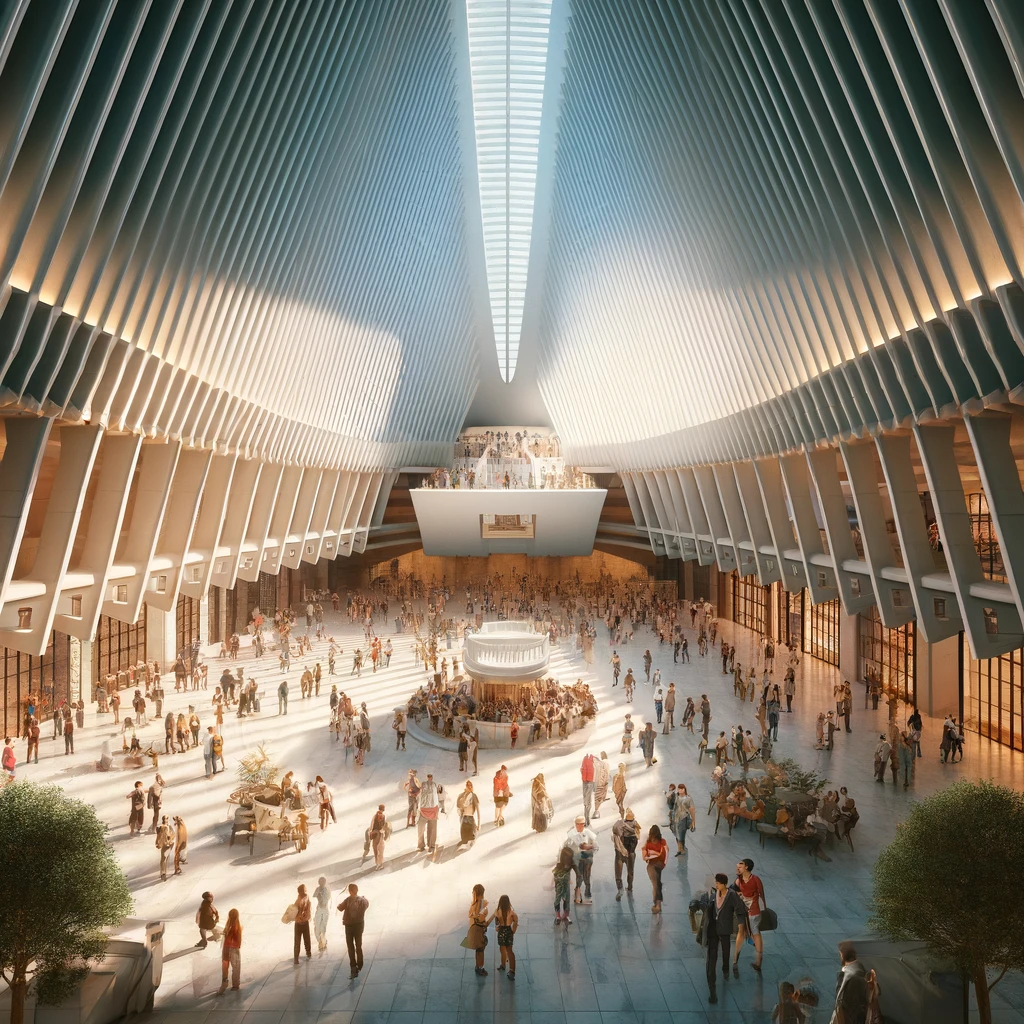
Indeed, the Oculus has turned into more than just a nexus of transportation; now it serves as a venue for everything, from farmers’ markets and art shows to musical performance spaces and retail happenings. It is hence positioned to be an active hub with unrivaled access to key connection points across the 16 acres of the World Trade Centre site and the Brookfield Place. Assurance of the suitable ownership and operation of a feature that added a lot to the urban panorama of New York City by Port Authority of New York and New Jersey, through the productive partnership of the people and for the people.
Key Highlights
Design and Symbolism: Santiago Calatrava’s designing provides the symbol of hope and resiliency to immortalize September 11 with the alignment of solar. Sustainability Efforts: The Oculus has updated its lighting system, showing energy efficiency and sustainability dedication. Cultural Significance: The Oculus is definitely more than just a transportation hub; the building hosts cultural activity that gives enrichment to the world. This study of the Oculus Transportation Hub shines not only through its architectural and functional success but also a site of commemoration of a poignant moment in New York City history, one of rebirth and unity in its innovative architectural spirit and creative dynamism of the city.

